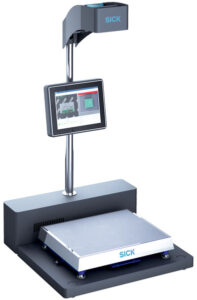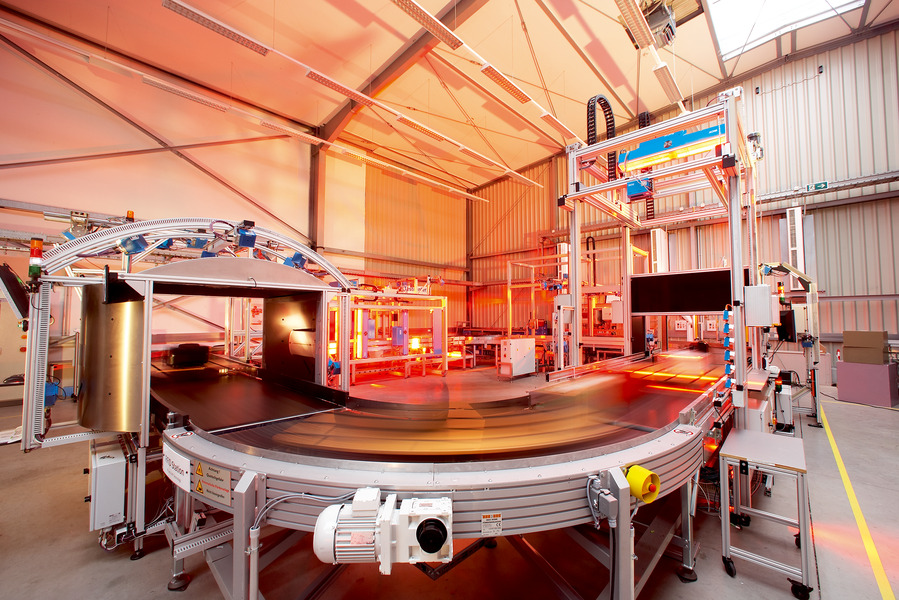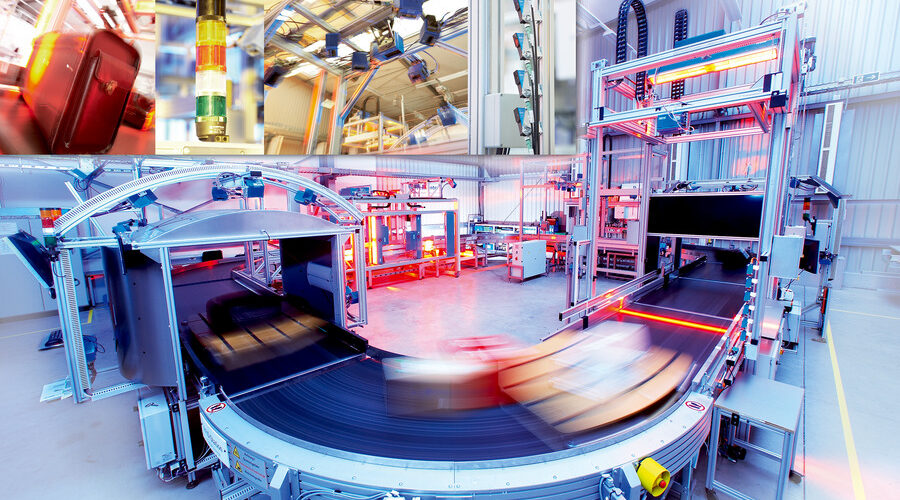Intelligent sensor technology that’s poised to change the game in the retail industry
Between the boom in ecommerce and micro fulfillment, the retail industry is dramatically shifting. The increase in consumer demand for online shopping and home delivery options have an impact on retailers’ ability to keep up with the demand in distribution centers and warehouses. Continue reading on to see what the new retail industry trends are.
To alleviate some of this stress, intelligent sensor technology can help to improve production and logistics processes. We’ve found three sensor technology trends that are beginning to revolutionize the industry.
Master Data Management
All these new retail industry trends can make it feel impossible to determine the most effective way to optimize space in a warehouse. One of the biggest hurdles to this challenge is finding accurate product data. Collecting master data and dimensioning data can help you to analyze all goods entering or leaving a facility. Once collected, all that data can be sent to your warehouse management system, making it easier for you to optimize space.

“As the pandemic has continued to accelerate ecommerce and same-day delivery demands, the evolution of logistics technologies and processes have also accelerated to keep pace,” said Don DeLash, National Retail Sales Manager at SICK USA. “An emerging trend is the implementation of data capture and information technologies that support dynamic, real-time package routing and course adjustments.”
SICK offers the Master Data Analyzer (MDA). The MDA analyzes and obtains the master data (or dimensioning data) for all goods entering or leaving a facility and sends it to your warehouse management system. With this data, you can know how much of each product is currently in your warehouse and the exact location. This enables you to not only optimize space, but also better manage deliveries.
“By integrating unique package identifiers – whether it be in the form of package or label data, 1D/2D barcodes, or RFID – shippers can make in-transit decisions about package delivery destinations,” DeLash said. “For example, if a retailer ships a parcel from Pittsburgh to an online customer in Seattle, but while in transit, that item becomes available from a facility (store or warehouse) locally, the retailer can re-route that package to a customer who ordered the same package in Columbus, or to a store in Detroit that is low on inventory of that item. When this type of dynamic transportation management is implemented across a network, the substantial improvement in customer experience becomes evident.”
The MDA Vision uses 3D snapshot technology to optimize processes and increase transparency – keeping up with the latest retail industry trends. Its fast and precise recording of master data allows for massive cost savings in storage space and vehicle fuel by enabling improved route planning. The MDA Vision is also now legal for trade on cuboidal objects certified by NTEP.
Check out this quick brochure to learn more about the MDA Vision!
 Backup Assistance System
Backup Assistance System
Once master data is obtained, the product within a facility still needs to be transported from different points in a warehouse. This is most commonly done using manned forklift trucks, but forklift safety has been a major concern for many years.
Driver assistance systems help to reduce potential collisions with forklifts and ensure all employees stay safe. The rear area of a forklift truck is the most difficult to see, which places a significant burden on drivers to maintain safety. This is particularly challenging in hard to navigate areas and under difficult weather conditions. Drivers aren’t always able to rely on their perception in these situations because a lot of concentration is required when moving these loads.
A driver assistance system, such as the Backup Assistance System (BAS) from SICK, uses LiDAR to actively warns the driver with visual and audible warning signals if something were to move into its path.
The BAS is equipped with a multi-level warning concept consisting of customizable warning fields and a signal light bar that warns the driver of potential collisions with visual and acoustic alarms. The integrated 2D LiDAR sensors only switches to active monitoring when the manned forklift truck is in reverse, preventing false alarms during forward travel.
Implementing Digital Transformation Principles
The final step in continued improvements in retail production and logistics processes is digital transformation. You have all the master data, your warehouse is operating safely with manned forklifts transporting materials, but what do you do with all that data?
“Companies in the supply chain continue to look for ways to speed trailer load and unload at warehouses and distribution centers. Existing proven methods, such as inbound product ID and destination labeling, support cross-dock and automated storage and retrieval systems – technologies that lead to greater agility and improved customer satisfaction,” DeLash said. “With the broader adoption of robotics in warehouse operations, automation methods for trailer load and unload using robotics is being designed and tested at an increasing pace.”
Mobile and stationary robotics can improve retail processes. Mobile robots provide another method to keep things moving without using up employee resources. Stationary robots can do the same thing with completing repetitive tasks that allow employees to conduct more valuable tasks.
In addition to robotics, implementing more asset-tracking technologies can enable retail distribution centers to operate at an even high efficiency than before.
“Asset-tracking technologies coupled with cloud-based access to information provide the platform from which visibility of goods in transit can be made at increased levels of specificity in terms of timeliness and accuracy,” DeLash said. “Underlying data capture and analytics systems can provide specific information about products and items, in terms of identification and condition. Proven sensing technology captures information about package or freight condition, movement, temperature, handling, and other characteristics. When this data sits on a cloud-based analytics and user interface platform, visibility and efficiencies can be greatly enhanced.”
Check out how one retailer used data from track and trace systems to improve efficiency.






